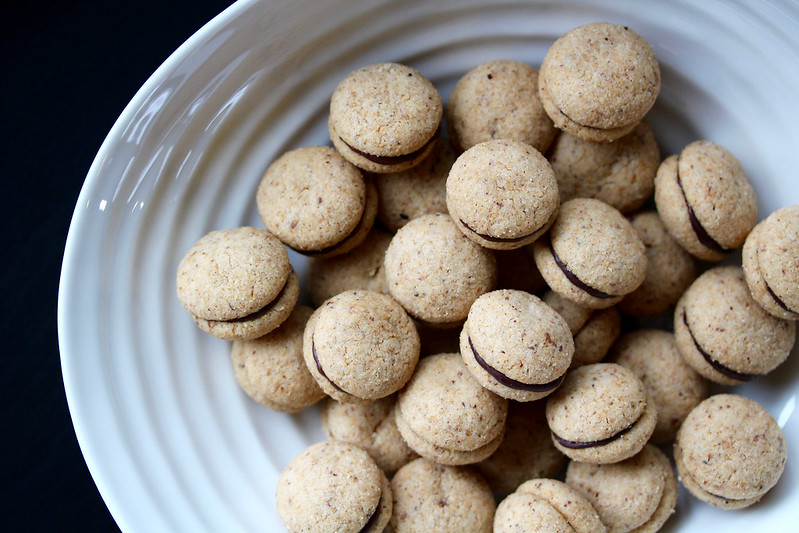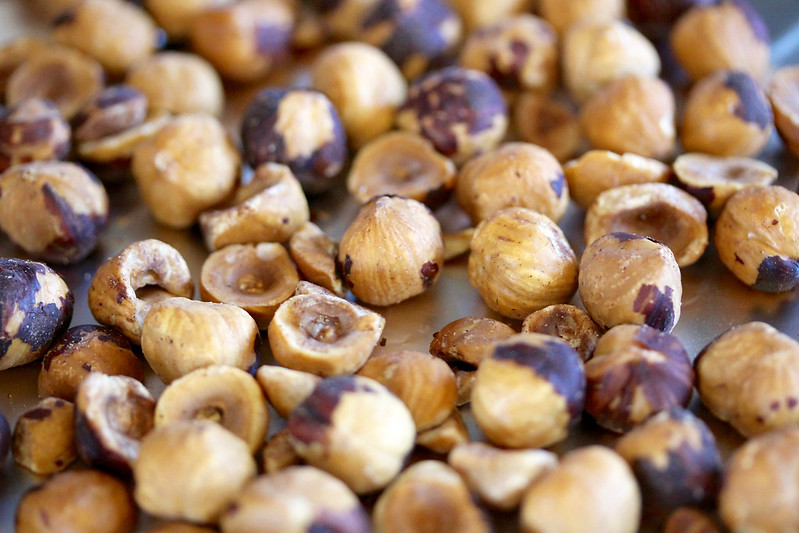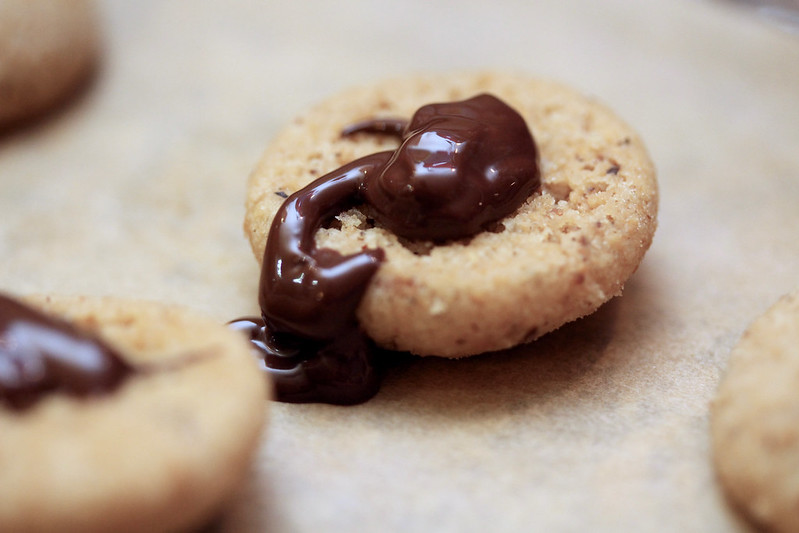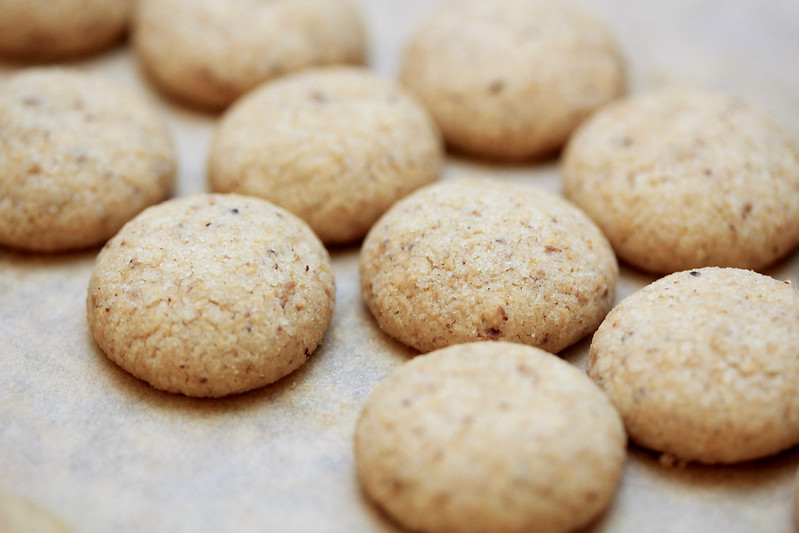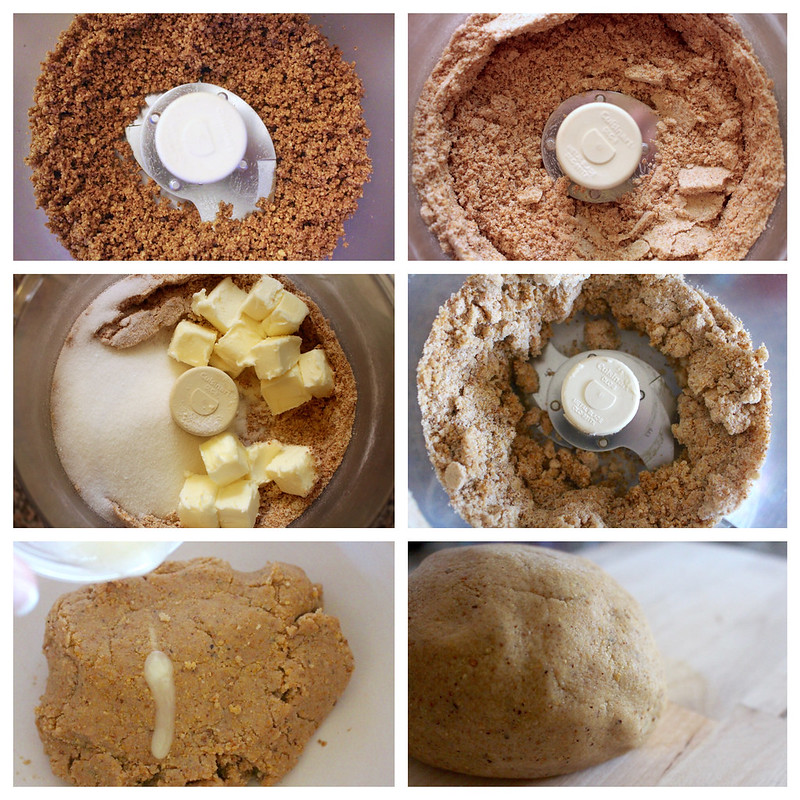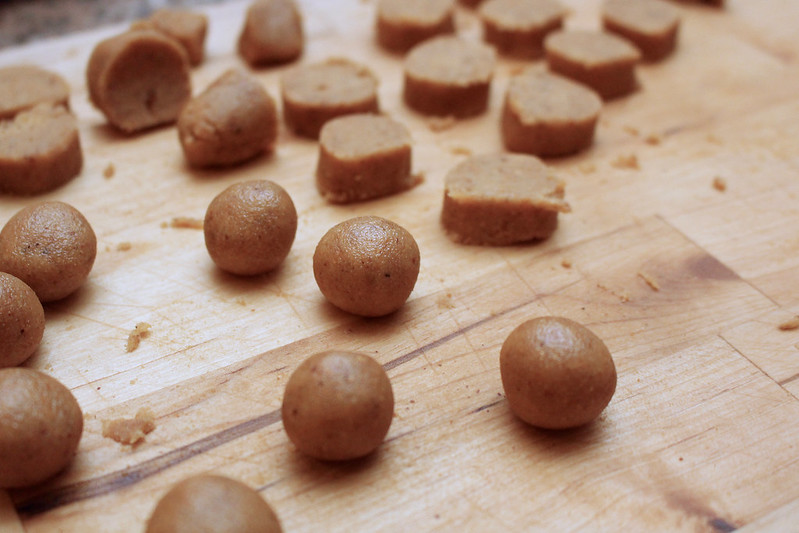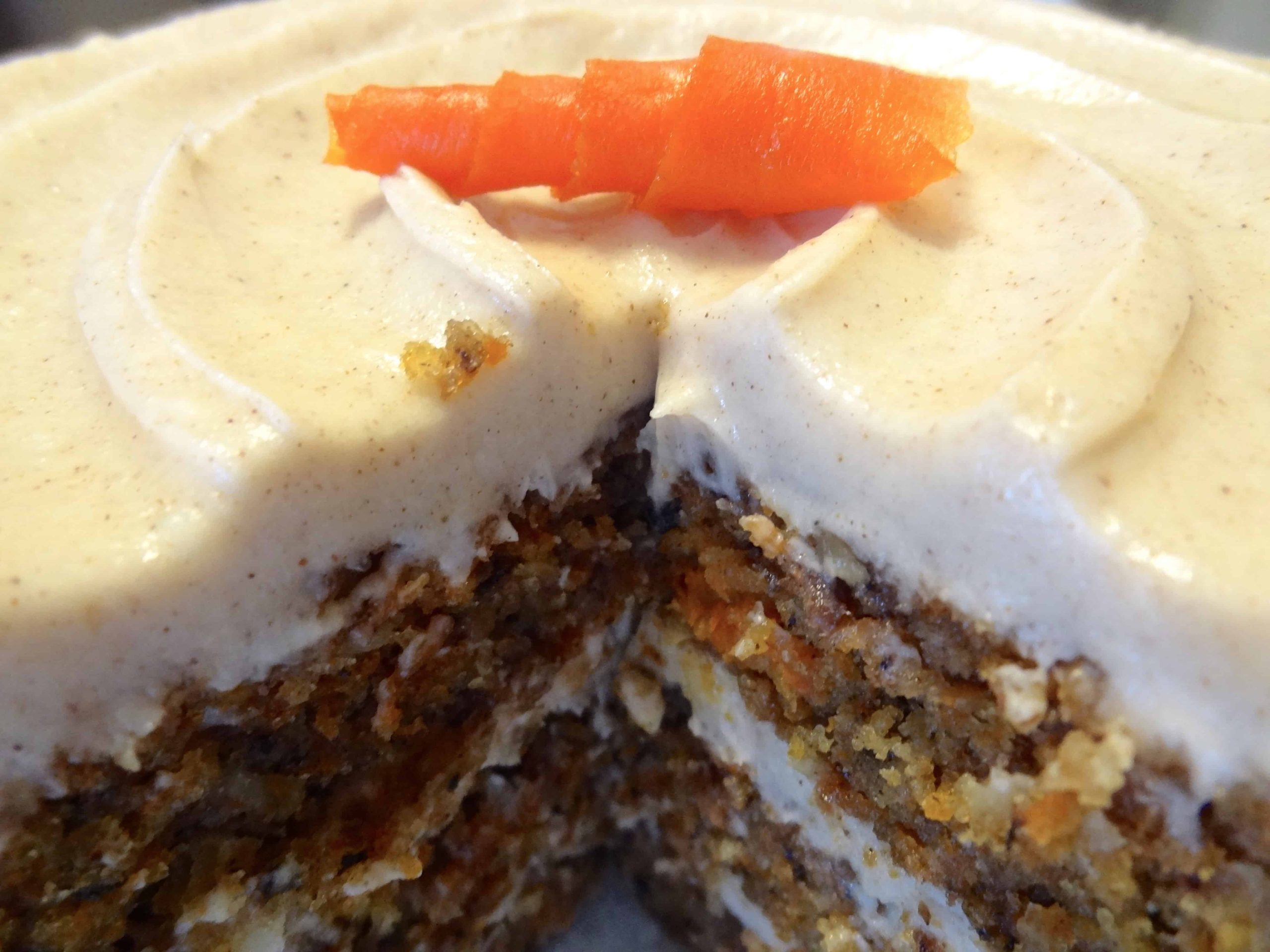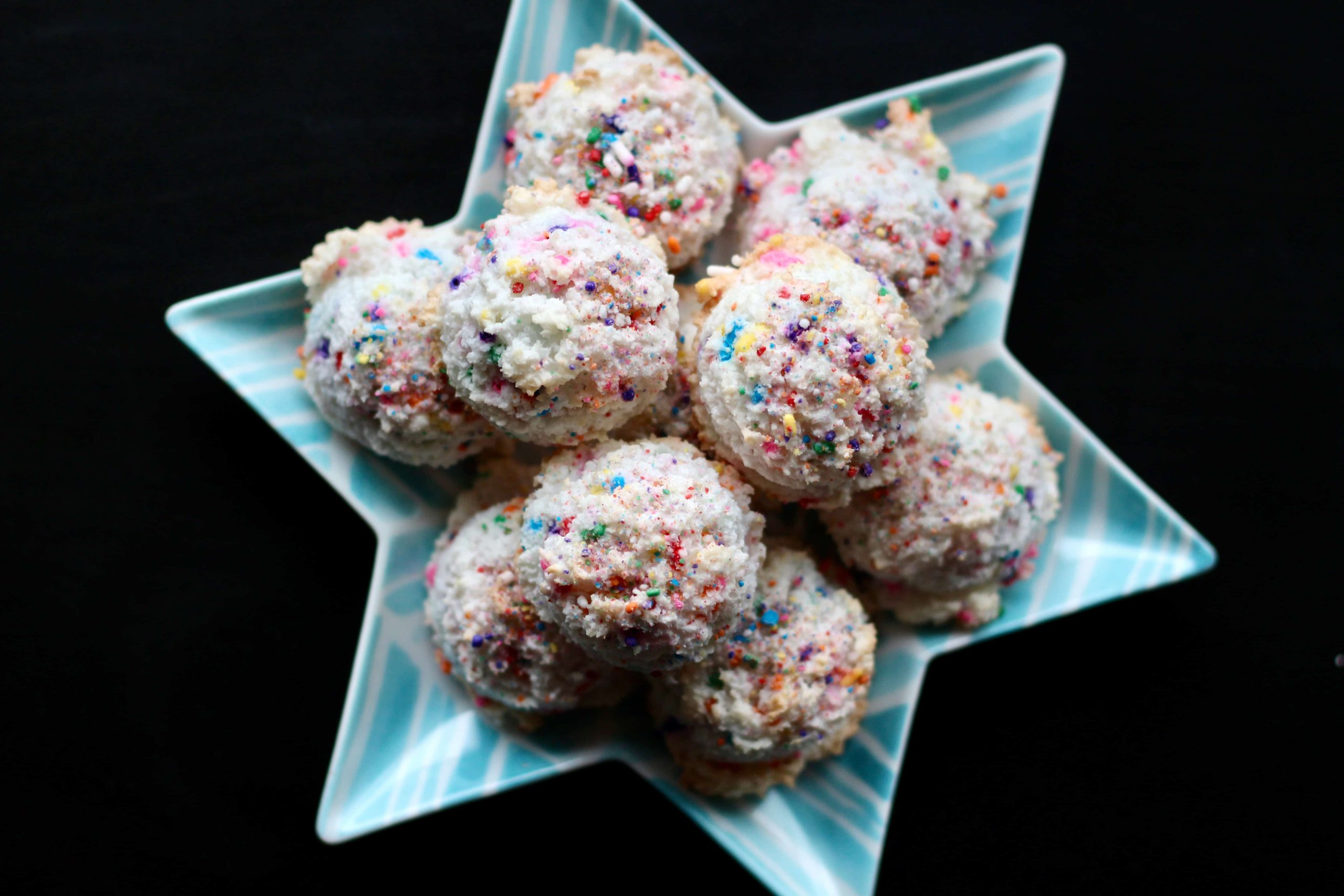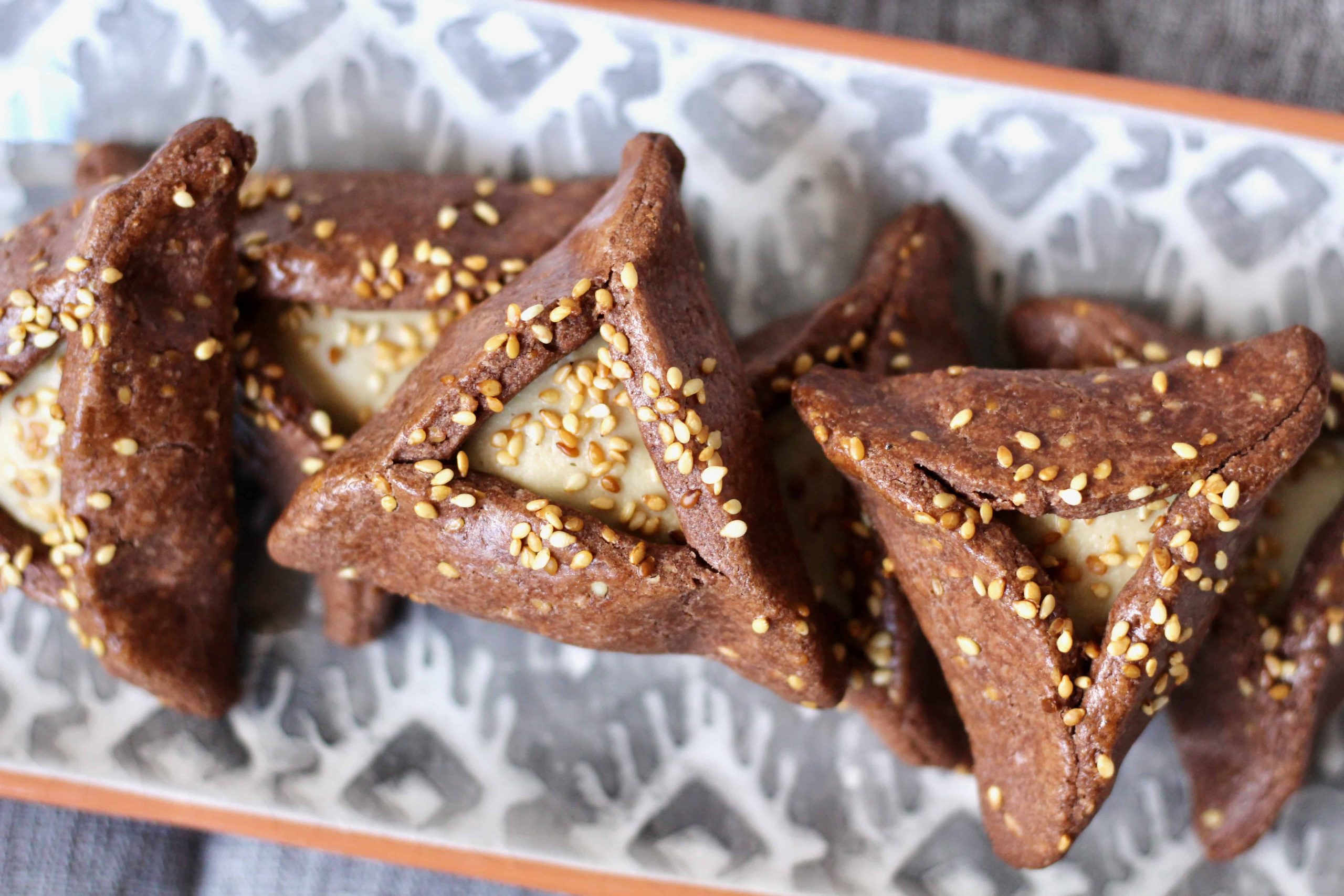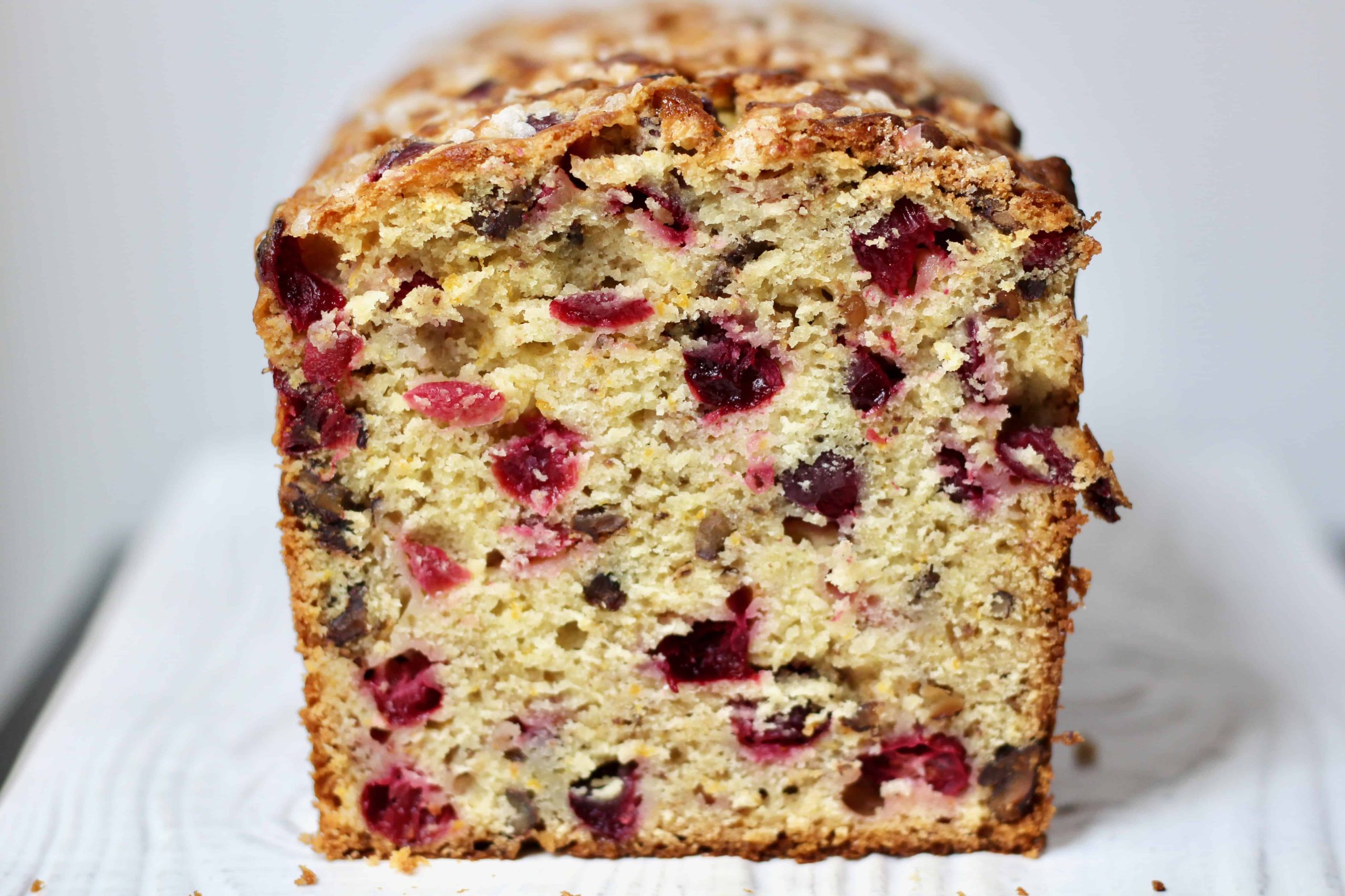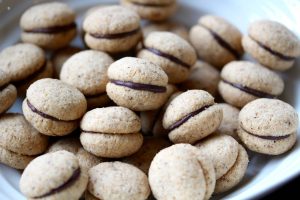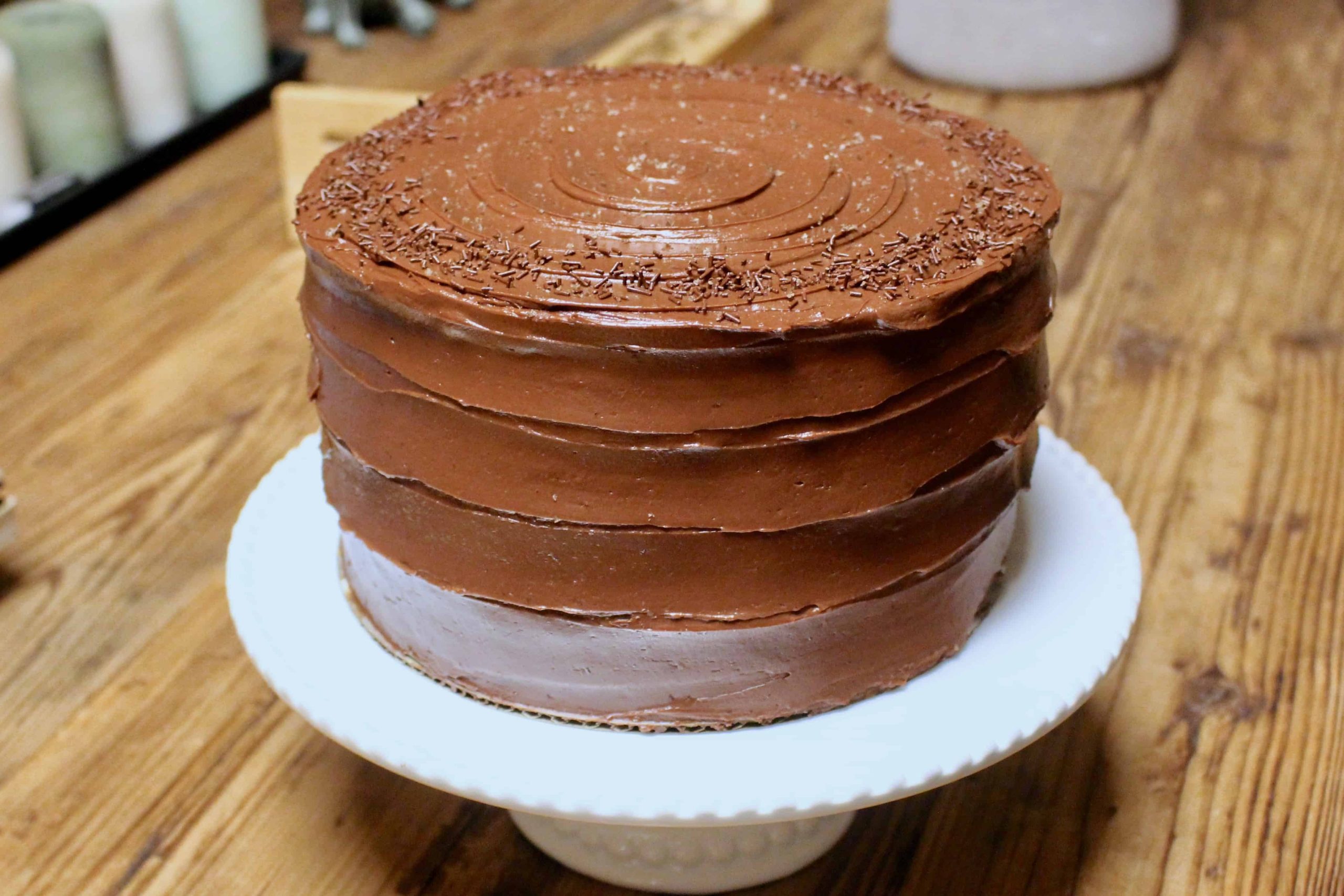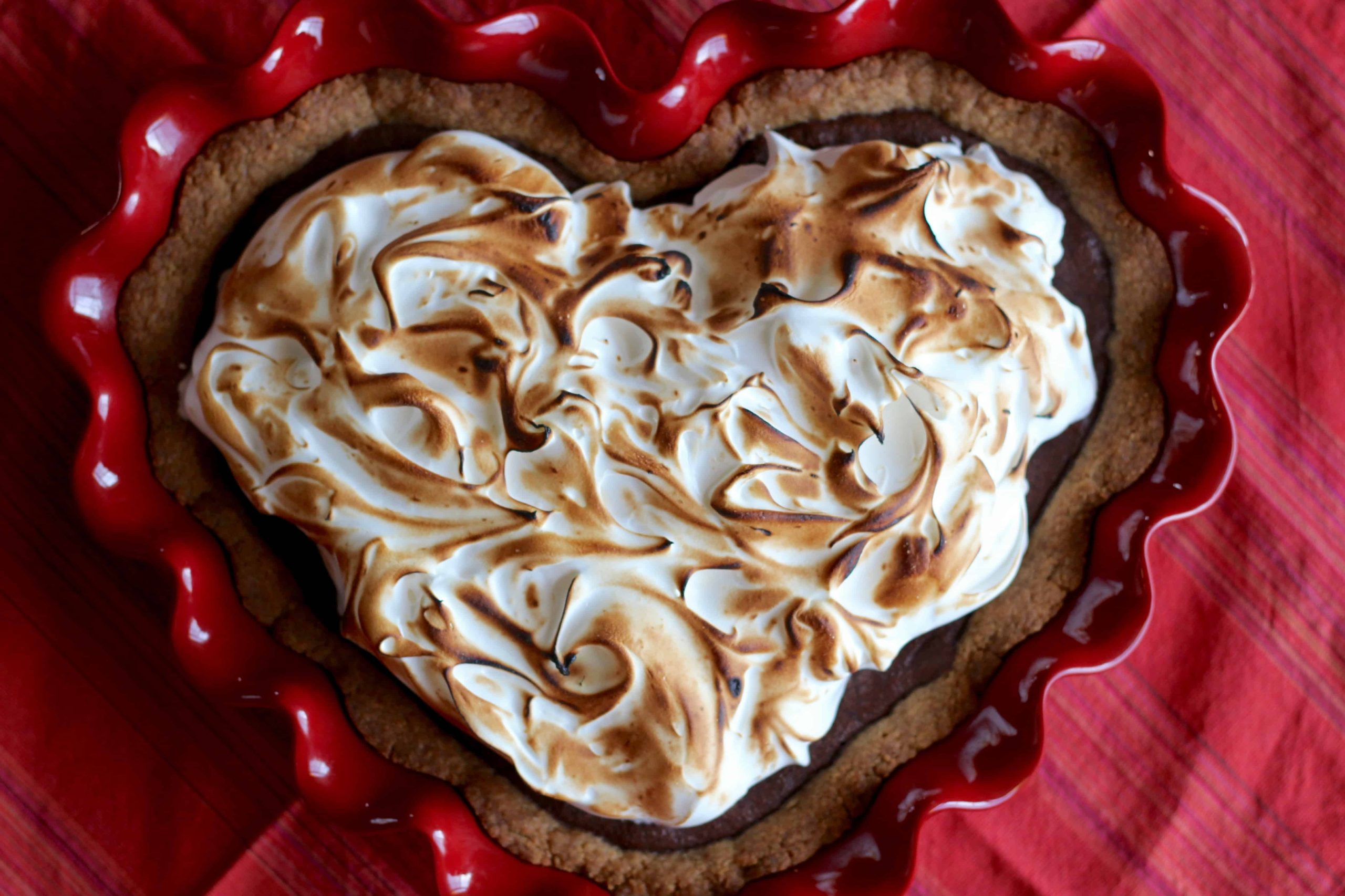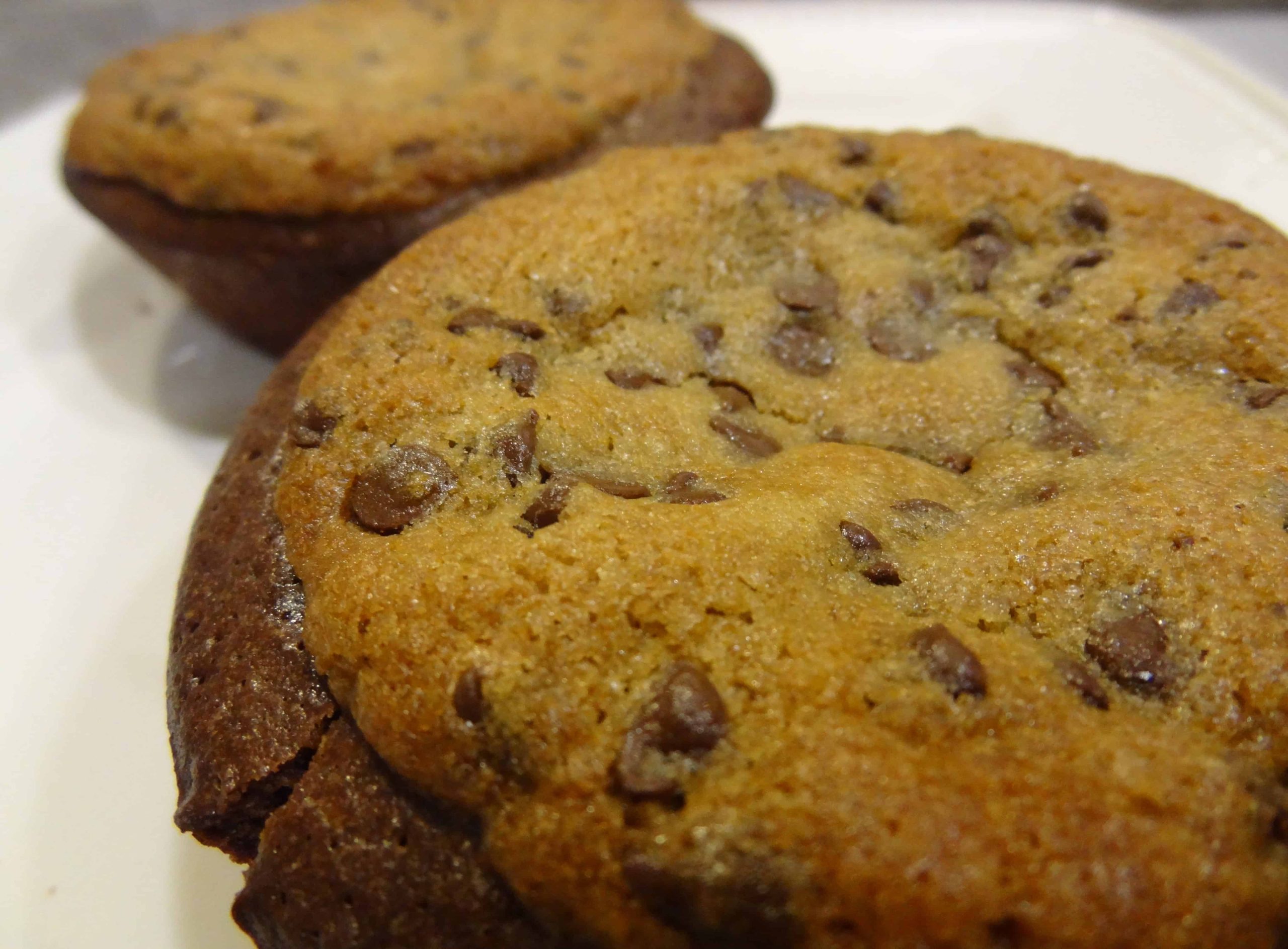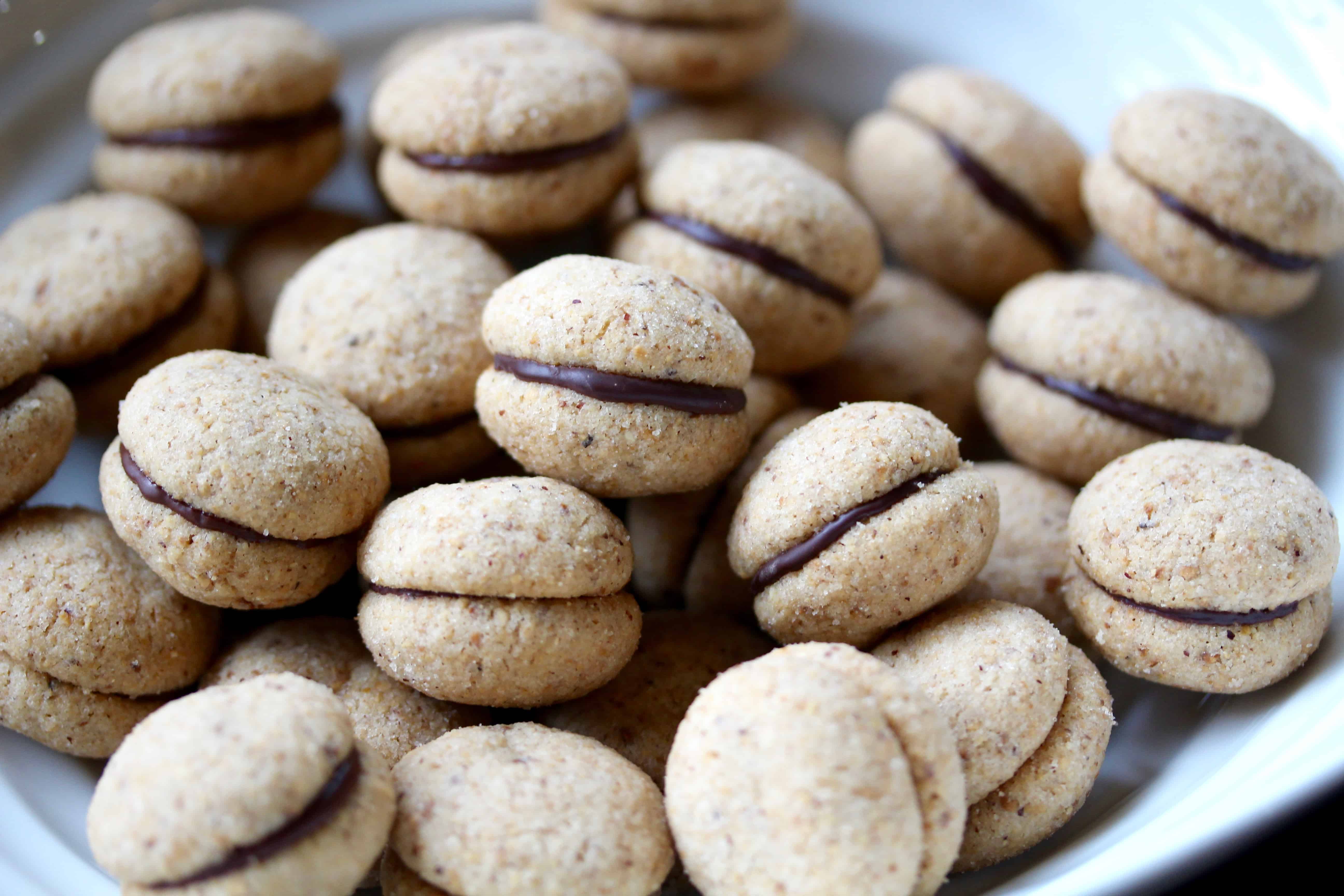
I used to say that I didn’t care for Italian desserts. Even after spending three weeks in Italy a couple of summers ago, I was still fairly lukewarm, except for good cannoli, gelato, and a few other select things that were obvious no-brainers. My tastes have always leaned more towards American and French pastry styles, but that has really been changing, thanks to delicacies like torta sbriciolata and brutti ma buoni; I’m going to have to revise that statement, because it simply isn’t true anymore. My most recent trip this summer further enlightened me to a number of pastries that I had never seen or tasted before– I’ll be writing a series of Italy posts soon! While there are some things I will likely never want to eat (cassata, anise pastries, maraschino cherries, anything with almond paste– which does rule out an unfortunate variety of things), I have genuinely come to enjoy quite a few Italian pastries over the past year or two. They are not usually as flashy or decadent as the aforementioned American and French desserts, but much like other Italian cuisine, their beauty lies in simplicity and tradition. Sometimes they are quite modest looking actually; I was in Bi-Rite Market in San Francisco a few months ago, and walked past a be-ribboned bag labeled baci di dama by Il Molinetto Bakery. The bag was filled with tiny domed sandwich cookies– I was immediately bewitched. What were these sweet little morsels?? An immediate investigation was imminent. A quick internet search turned up a number of recipes– this was not some kind of obscure treat at all! Meaning “lady kisses” in Italian, they are itty-bitty hazelnut cookies filled with dark chocolate… In other words, SO MUCH YES.
Incidentally, if ever there was a treat that embodies the name Stellina, this is it. The word ‘stellina’ literally translates to ‘little star’ in Italian, and it is used as an affectionate nickname to signify ‘my sweet little one’, like a grandmother would call her grandchild. That’s how I feel about my baked goods– they are my sweet little babies that I nurture! These Baci di Dama are the quintessential tiny treat to satisfy a sweet tooth, or you know, an unending craving to go back to Italy (at least for a few minutes).
Baci di dama appeared in the pastry shops of Tortona (in the Piemonte region of Italy) towards the end of the 1800s. This region is located at the northwestern top of the “boot” and is known for its hazelnuts. Their origin story is unclear, but they are so named because they’re said to resemble a woman’s pursed lips or two mouths kissing.
Among the recipe links was a version posted by one of my favorite bloggers, David Lebovitz, so that’s the one I chose, since he’s basically always on point. Now, they really are pretty simple to make once you get the hang of it, but the dough is a little unusual, and not the easiest I’ve worked with. Because it is made with ground hazelnuts and rice flour, not all-purpose flour, the dough does not have that typical elasticity imparted by gluten, so it is crumbly and needs to be handled delicately. (The cookies are also therefore a great gluten-free treat without any compromises.) That said, once you know what you’re looking for, you can adjust for moisture. With a little practice, these are absolutely lovely, and so very Italian!
For my first batch, the cookies were delicious, but definitely didn’t look like the cute little gems I bought at Bi-Rite Market. They rose into perfect little domes in the oven, but imploded in the centers a few minutes before they had finished baking, with some becoming cracked and rippled-looking. I was perplexed– what went wrong?? I tried baking them for various times between 10-14 minutes as recommended– 10 was too few (soft cookies), 14 too many… and all still misshapen. I tweeted David Lebovitz in the hope that he would answer my inquiry, and he said the problem was likely overbaking or dry dough. I was able to rule out overbaking, so I had to make a second, more hydrated batch of dough.
The biggest issue according to David’s recipe was dry dough that would not hold together, which is allegedly remedied by adding water or melted butter. I’d had trouble bringing the dough into a smooth mass the first time, so I tried shaping it with damp hands, but this was not sufficient. For my second batch, I added extra water, but this still wasn’t the magic bullet– same results.
At this point, I considered trying a different recipe. Baci di dama can be made with hazelnuts or almonds, or a combination thereof. Some recipes use regular flour, while others (like this one) use rice flour, which is supposed to give them a nice crispness. I checked several recipes for variations, but all had the same or very similar ratios of nuts:flour:sugar:butter, so I decided to give the Lebovitz recipe one more try.
Third batch was the charm! Instead of adding extra water, I melted 1 tablespoon of butter and added about half of it to my dough while kneading it, which made it softer and slightly more cohesive. While there were still some cookies that imploded, the majority of the baci stayed domed and intact and adorable– success! I think next time I would add just a smidge more butter (total ⅔ tablespoon or so). It’s also important to make sure you don’t have air bubbles when rolling the tiny balls, which may also contribute to collapsed cookies. The batch baked perfectly in 12 minutes and achieved ideal crispness.
The baci di dama are perfect for snacking and impossibly addictive. They also make a lovely gift if you pack them up in a clear bag and tie it with a ribbon– like I first saw them. I hope you enjoy this truly Italian treat!
Baci di Dama
Adapted from David Lebovitz
Yields about 45 cookie sandwiches
- 1¼ cups (140g) hazelnuts, toasted and skinned
- 1 cup (140g) rice flour (or sifted all-purpose flour)
- 3½ ounces (100g/about 7 tablespoons) unsalted butter, at room temperature, cut into cubes
- ½ cup (100g) granulated sugar
- ⅛ teaspoon Kosher salt or pinch fine sea salt
- 1 tablespoon unsalted butter, melted and slightly cooled (if needed)
- 2 ounces (55g) bittersweet or semisweet chocolate, chopped
In the bowl of a food processor fitted with the metal blade, pulse the hazelnuts until they are finely ground. (I thought they looked something like cooked quinoa.)
If you prefer to keep using the food processor (I did), add the rice flour and pulse a few times until it’s blended into the hazelnuts. Add the butter pieces, sugar, and salt to the nut/flour mixture and pulse it together just until everything is evenly incorporated; it will still be crumbly. Scrape the mixture into a large mixing bowl and knead it until it comes together into a fairly smooth dough. If the dough is not holding together after a few minutes of kneading, add ½ tablespoon melted butter and work into the mixture with your hands– this should significantly help achieve the proper dough texture. Add up to another ½ tablespoon more as needed.
If you prefer to mix the dough mostly with your hands (like David did), transfer the ground nuts from the food processor to a large bowl and add the remaining ingredients as stated above and mix with your hands.
Once your dough is pretty smooth, divide it into 3-6 pieces. Roll each piece into a rope about ¾” in diameter, trying to get them as smooth as possible, with no cracks. (I found that working with ⅓ of the dough at a time was too much– the dough would crack and break while rolling, so I rolled smaller pieces.) Transfer the small logs to a parchment-lined ¼-sheet pan or other small flat pan.
Cover the dough loosely with plastic wrap and place the sheet in the freezer for 20 minutes or 2-3 hours in the fridge, until very firm.
Line two baking sheets with parchment paper and preheat an oven to 325°F with a rack in the center position.
Take one rope of dough out of the fridge/freezer and keep the rest chilled. Slice it into equal pieces with a small, sharp knife. The size of the pieces is important because it will affect how they bake; you ideally want them to weigh 5 grams, so it’s best to use a kitchen scale here. (You can weigh one chunk and cut the rest the same size, or weigh each one as you cut.)
Roll the pieces into neat spheres and put them on one of the baking sheets spaced about 2″ inches apart.
If you are not working with a scale, aim to make the balls marble-sized, about ¾” across, and as uniform as possible.
Repeat the cutting and rolling with each piece of dough until you have filled the baking sheet. Bake the cookies for 10-14 minutes (see note above), rotating the baking sheets halfway through, until they are domed and the tops are lightly golden brown. Set the pan on a wire cooling rack and allow the cookies to cool completely– don’t move them too soon, as they are fragile right out of the oven. Continue until all the dough has been used.
Melt the chocolate in a heatproof bowl set over a pot of simmering water on low heat. Remove the bowl from the heat and allow the chocolate to cool and thicken slightly. (It will spill out of the cookies if it’s too hot and liquidy.) You can apply the chocolate with a spoon, or pour it into a pastry bag and snip off the tip or use a small round pastry tip.
Match up the baci in pairs and flip over one cookie from each pair. Spoon or pipe a dime-sized amount of chocolate in the center of each upside-down cookie and press the second cookie on top to make a sandwich. The prettiest baci have chocolate peeking out of the edges like a French macaron. I prefer to make an “assembly line” to make this flipping-piping-sandwiching process more efficient.
Allow the baci di dama to set for about an hour, then store for up to a week in an airtight container at room temperature.
© Dafna Adler & Stellina Sweets, 2016.




